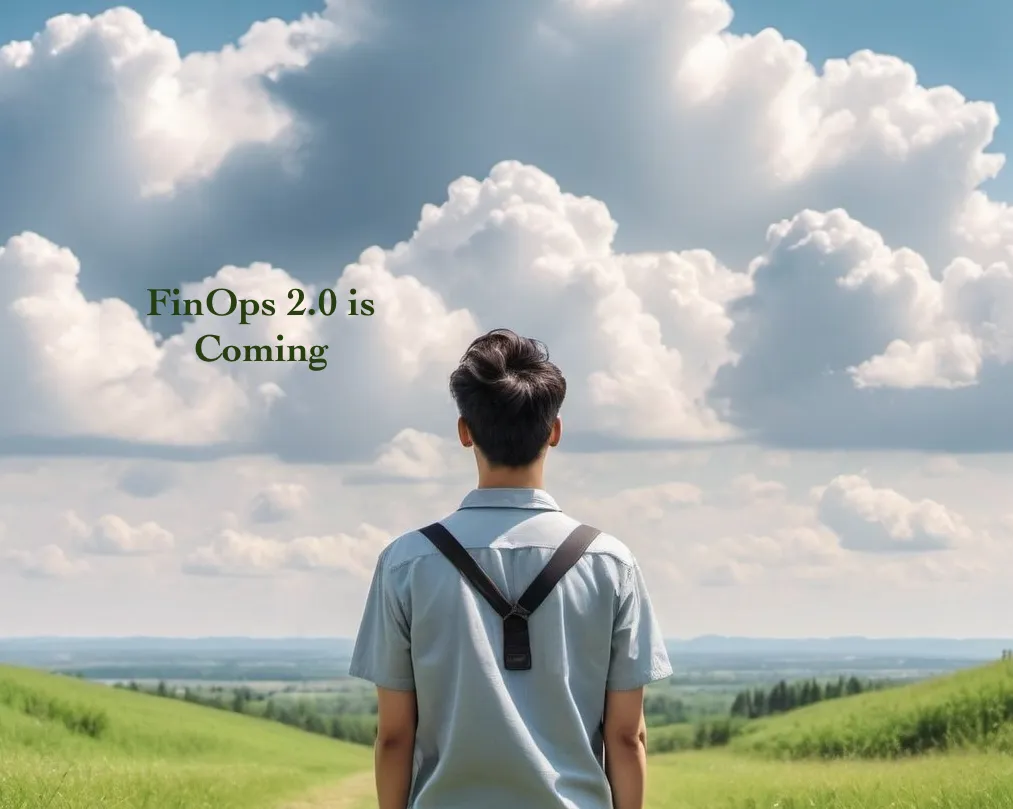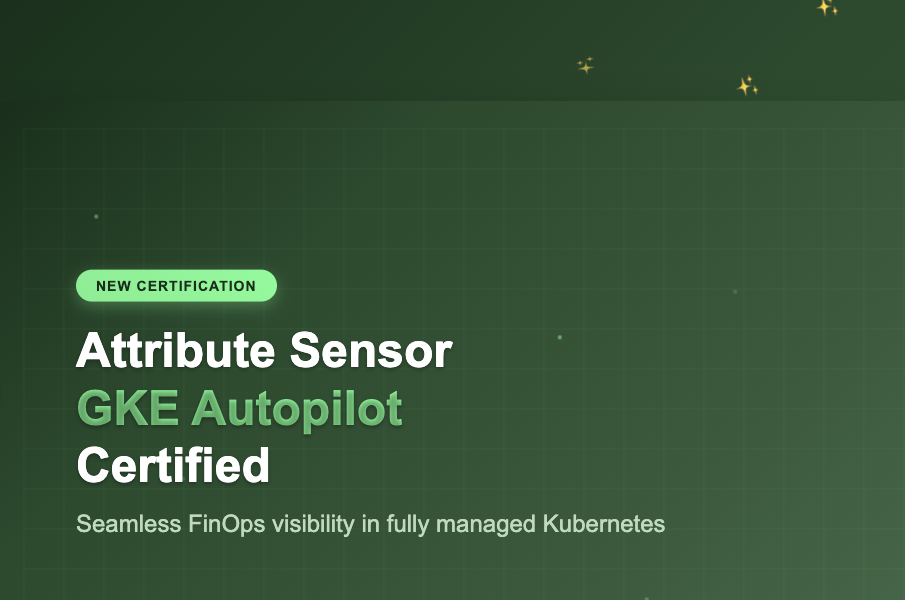Throughout my years building SaaS platforms, I’ve witnessed firsthand the transformative power of well-managed infrastructure. This has become even more evident with the wide adoption of Cloud based infrastructure, which increased engineering teams flexibility on one hand, but at the same time, reduced the control on cost. This is even more significant when in many cases one would find the cloud cost to be the highest expense in the company, second only to payroll.
With that the FinOps function was born with the primary focus of cost optimization — ensuring that cloud spending was efficient and devoid of waste.
It is now time for the FinOps roles to evolve. We can call it FinOps 2.0.
The time has come for FinOps to extend far beyond just cost savings.
With that in mind — here is my take on what is next for the FinOps role.
Spoiler alert: FinOps 2.0 is beyond cost optimization, and yes, it’s as exciting as it sounds.

Alignment with Company’s Strategic Goals
FinOps 2.0 practitioners are expected to provide insights that go beyond mere cost savings. They need to align cloud expenditures with business objectives, ensuring that every dollar spent on the cloud contributes to the company’s strategic goals. This requires a deep understanding of both the technical and financial aspects of cloud computing, as well as the ability to communicate effectively with various stakeholders across the organization. Here are a couple of examples.
Connecting FinOps to Sustainability
A notable example of the FinOps evolution is the FinOps Foundation’s initiative to connect FinOps practices with sustainability efforts. As organizations become more environmentally conscious, there’s a growing recognition that cloud computing has a significant environmental footprint. Data centers consume vast amounts of energy, and inefficient cloud usage can lead to unnecessary carbon emissions. After all, nobody wants to be known as the company that melted the polar ice caps because of poorly optimized server instances.
By integrating sustainability into FinOps, organizations can achieve a dual benefit: reducing costs and minimizing their environmental impact.
Connecting Cloud Costs to Business Metrics
The next frontier in the evolution of FinOps is connecting cloud costs directly to business metrics and goals. This step is crucial for transforming FinOps from a cost-saving function into a strategic enabler of business success. Here’s how this can be achieved:
1. Transparency & Cost Attribution — Some are used to think of FinOps as a function that will provide the organization the transparency to the cloud spend.
Well now — the light is turned on — you have transparency into your cloud cost.
But what insights does it give you? Especially if you are using shared resources / multi tenant architecture.
In FinOps 2.0 transparency is accompanied with granular Cost Attribution. Splitting the cost to different grouping entities internal and or external (like team, customer and even feature).
2. Cloud cost & Business Value — Every organization has different business goals and metrics.
These metrics are usually eventually connected to pricing models and profitability goals.
Cloud cost, being one of the largest expanse, has a significant impact on those goals.
With well established cloud cost transparency and attribution, you may find costly features that should be restricted, which customers are the resource huggers (and therefore cost you more, but not necessarily are paying more…) etc.
This level of transparency gets the FinOps practitioner a seat around the table, connecting the tech to the business.
3. Predictive Analytics and Forecasting — Leveraging predictive analytics can help anticipate future cloud spending based on business growth and strategic initiatives. This allows for proactive budget planning and ensures that cloud investments are aligned with business goals.
So what’s next?
The evolution of FinOps from a cost-saving function to a strategic business enabler is well underway. FinOps practitioners can drive significant value for their organizations, and will become increasingly more connected to the business strategy, ensuring that cloud investments are not only efficient but also aligned with the overall objectives of the company.
From here it is up to you — evolve, grow and make an impact.





